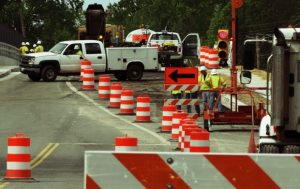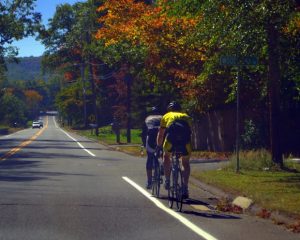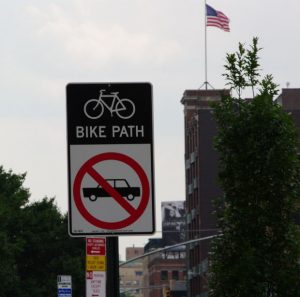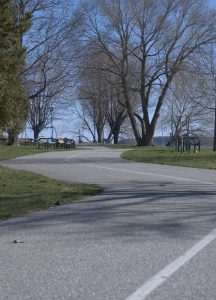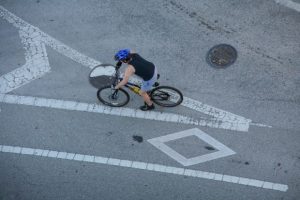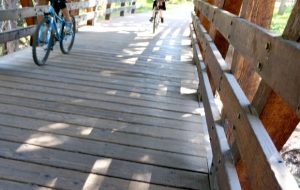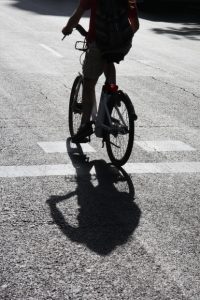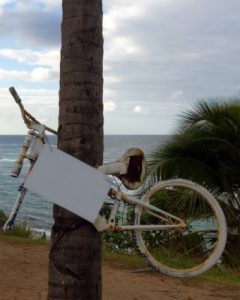It’s been more than a century since massive crowds gathered in Madison Square Garden to witness, “The Fastest Bicycle Rider in the World.” He was perhaps better known as, “the Worcester Whirlwind.” His defiance of Jim Crow segregation in the sport drummed up headlines and publicity, but his performance that year made history. Marshall “Major” Taylor became a world champion bicycle racer.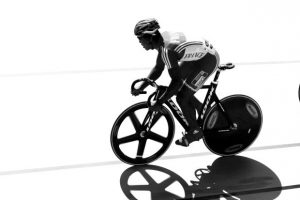
He was the first African American world champion – and this was years before Jack Johnson, also a black man, became the heavyweight champion of the world in 1908 and nearly a half a century before Jackie Robinson was integrated into baseball.
To honor his history, strife and contributions to the sport of cycling and society at-large, a number of Major Taylor birthday rides are being hosted throughout the country. Taylor was born on Nov. 26, 1878. This year, rides are being held on that day in:
- Los Angeles;
- San Diego
- Chicago
- Pittsburgh
- Worcester County (Massachusetts)
- Oakland, CA
- Indianapolis
All this has been part of an ongoing, concerted effort not to allow Major Taylor’s memory to be lost in light of such remarkable accomplishments. Continue reading




